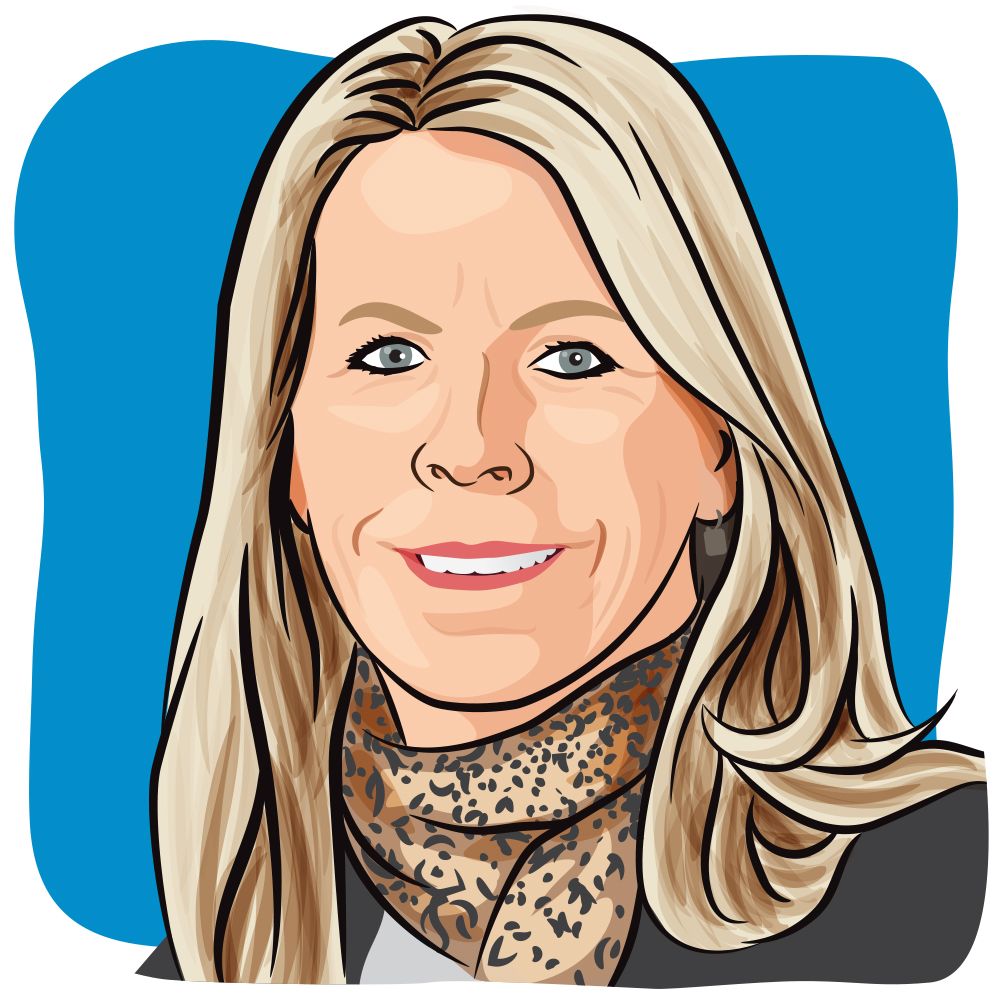News
Article
Teen Meets the Bone Marrow Donor Who Saved His Life, Soccer Player Scores Winning Goal After Returning From Cancer and More
Author(s):
Key Takeaways
- WHO aims to reduce childhood cancer survival disparities, targeting a 60% global survival rate by 2030 through the Global Initiative for Childhood Cancer.
- A teenage leukemia survivor met his bone marrow donor, emphasizing the transformative impact of the National Marrow Donor Program.
From International Childhood Cancer Day to an Ivory Coast soccer player making a victorious comeback after testicular cancer, here’s what is happening in the oncology space this week.
The World Health Organization focused on mitigating survival disparities between high- and low-income countries regarding children with cancer.

International Childhood Cancer Day focused on reducing the survival gap.
On Feb. 15, the World Health Organization (WHO) recognized International Childhood Cancer Day, as the organization focused on mitigating survival disparities between high- and low-income countries. A press release from the organization explained, “Recent medical advances make for very high chances of survival in high-income countries, where more than 80% of children diagnosed with cancer will survive. Yet only about 20% of children diagnosed with cancer will survive in some low- and middle-income countries.”
WHO launched the Global Initiative for Childhood Cancer in 2018, to reduce the survival gap by 2030. Specifically, the initiative’s goal is a 60% global survival rate for children with cancer. To do this, WHO is working on international, regional and country-specific levels to strengthen health systems.
A teenage cancer survivor met the man who saved his life with a bone marrow transplant.
Sebastian Hernandez was diagnosed with acute lymphoblastic leukemia that relapsed after treatment with multiple rounds of chemotherapy. His next chance of cure — and survival — was a bone marrow transplant.
Miles away at Tulane University, Zach Warter, who signed up for the National Marrow Donor Program (formerly known as Be the Match) after his dad’s death of cancer, was notified that he was a match for Hernandez.
"As much as I may have been able to save his life, he saved mine. Being able to give him this second chance has been a gift that I never could've imagined,” said Warter, according to NBC5 NBCDFW.
Recently, Hernandez and Warter met on National Donor Day, and now refer to each other as “brothers for life.”
A boy from Belgian boy was reportedly the first to be cured of brainstem glioma.
When Lucas was 6 years old, he was diagnosed with a rare type of brain cancer called diffuse intrinsic pontine glioma (DIPG) a disease that, at the time, was incurable.
The child enrolled in the BIOMEDE trial where he underwent therapy with Afinitor (everolimus). Eventually, clinicians MRI scans saw no evidence of the tumor. According to Science Alert, other children on the trial lived for years after their diagnosis (notably the median survival is nine months from diagnosis, according to the National Institutes of Health), but Lucas was the only study participant to have his cancer completely disappear.
"Lucas' tumor had an extremely rare mutation which we believe made its cells far more sensitive to the drug," Dr. Jacques Grill, head of the brain tumor programme at the Gustave Roussy cancer center in Paris, said to Science Alert.
An Ivory Coast soccer player and cancer survivor scored the winning goal against Nigeria.
Sébastien Haller, a professional soccer player from Ivory Coast, scored the winning goal against Nigeria in the Africa Cup of Nations just a year after returning from testicular cancer, according to CNN.
Haller, who is 29 years old, was diagnosed with testicular cancer in 2022 and underwent two operations and four rounds of chemotherapy before returning to the soccer field in February 2023.
“It’s the power of the group and the mindset that put us through. We had some challenging moments, but we rescued ourselves, although it wasn’t easy,” Ivory Coast’s Adingra said after the game, according to Reuters.
For more news on cancer updates, research and education, don’t forget to subscribe to CURE®’s newsletters here.




